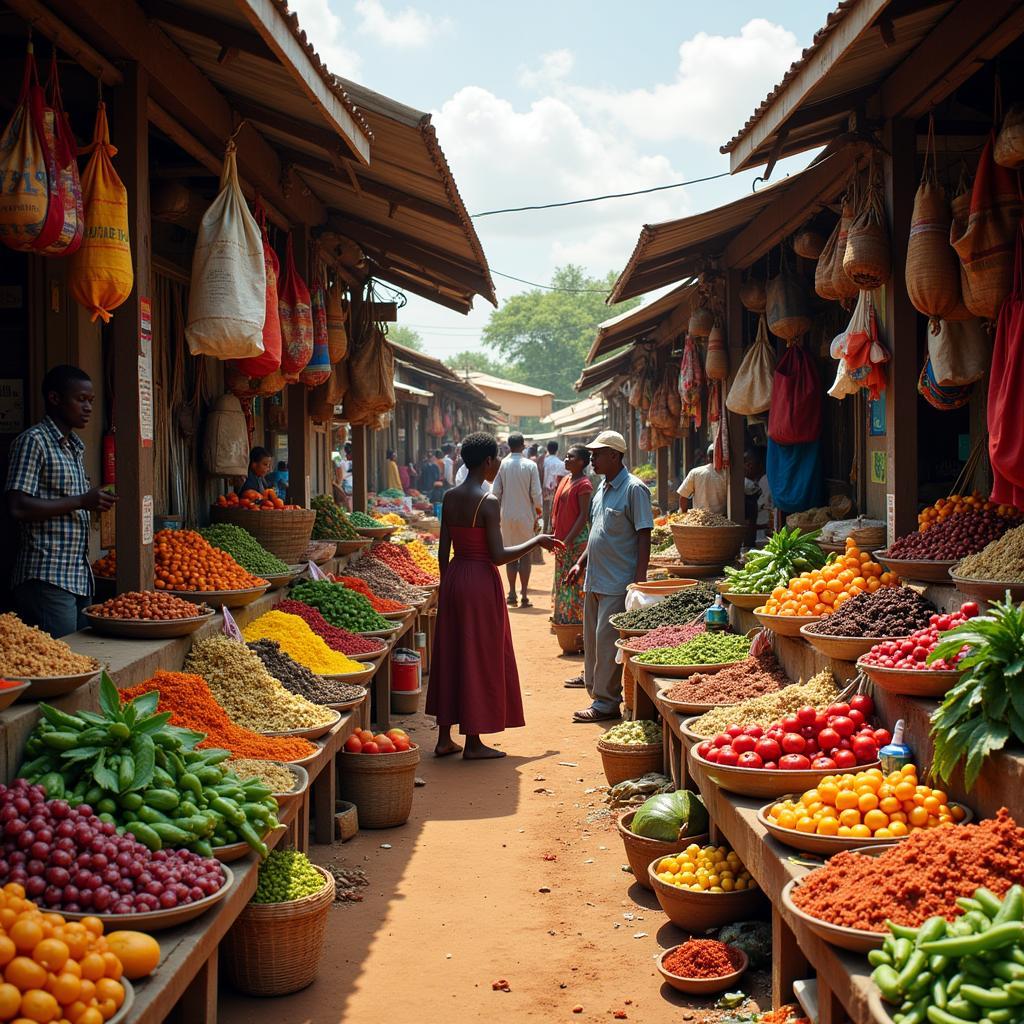Achievements of the East African Community
The East African Community (EAC) has made significant strides since its revival in 1999. This article explores the achievements of the East African Community, highlighting its impact on regional integration and development. From economic growth to enhanced political cooperation, we delve into the key successes of this dynamic regional bloc.
Economic Integration: A Cornerstone of EAC Achievements
One of the most notable achievements of the East African Community is the establishment of a Customs Union, allowing for the free movement of goods between member states. This has led to increased trade and investment within the region, fostering economic growth and development. The Common Market Protocol, implemented in 2010, further deepened integration by facilitating the free movement of labor, capital, and services.
The EAC has also prioritized infrastructure development to improve regional connectivity. Projects like the Standard Gauge Railway aim to enhance transportation efficiency and reduce trade costs, further boosting economic activity within the community. These infrastructural advancements are key to unlocking the full potential of the EAC’s integrated market.
“The EAC’s commitment to infrastructure development is critical for the region’s future economic prosperity,” states Dr. Amina Hassan, an economist specializing in East African development. “Improved transport networks are essential for facilitating trade, attracting investment, and creating jobs.”
Political Cooperation and Security: Strengthening Regional Ties
Beyond economic integration, the EAC has made significant progress in fostering political cooperation and security among its member states. Regular consultations and joint initiatives have strengthened diplomatic relations and improved regional stability. The EAC has also actively worked towards conflict resolution and peacebuilding in the region, playing a crucial role in mediating disputes and promoting peaceful coexistence.
The EAC also promotes cooperation on key issues such as environmental protection, health, and education. Joint efforts to address these challenges have yielded positive results, demonstrating the power of regional collaboration in tackling shared concerns.
Challenges and Future Prospects: Navigating the Path Ahead
While the EAC has achieved remarkable progress, it still faces several challenges. Harmonizing regulations and policies across member states remains an ongoing effort. Addressing non-tariff barriers and simplifying trade procedures are crucial for realizing the full benefits of the Common Market. achievements and challenges of east african community offers a comprehensive overview of the successes and obstacles the EAC faces.
“The EAC must continue to work towards greater regulatory harmonization to create a truly seamless regional market,” comments Professor Joseph Okello, a political scientist specializing in East African integration. “Streamlining trade procedures and addressing non-tariff barriers are key to unlocking the region’s economic potential.”
Furthermore, strengthening democratic governance and ensuring respect for human rights within member states is essential for the long-term stability and prosperity of the EAC.
Conclusion: A Promising Future for East African Integration
The achievements of the East African Community are substantial and demonstrate the potential of regional integration in driving economic growth, promoting peace and security, and fostering social development. While challenges remain, the EAC’s commitment to cooperation and integration holds great promise for a brighter future for East Africa. The ongoing efforts to deepen integration, strengthen regional ties, and address shared challenges are key to realizing the full potential of this dynamic regional bloc.
FAQ
- What is the East African Community?
- What are the main objectives of the EAC?
- Which countries are members of the EAC?
- What are the benefits of EAC membership?
- What are the challenges facing the EAC?
- How does the EAC promote regional integration?
- What is the future of the EAC?
Need Support? Contact us 24/7:
Phone: +255768904061
Email: kaka.mag@gmail.com
Address: Mbarali DC Mawindi, Kangaga, Tanzania
african countries which are not members of au might benefit from considering regional integration models similar to the EAC. african house name reflects the rich cultural heritage of the region. Explore more about african american good m and the contributions of african american women and black history month.

